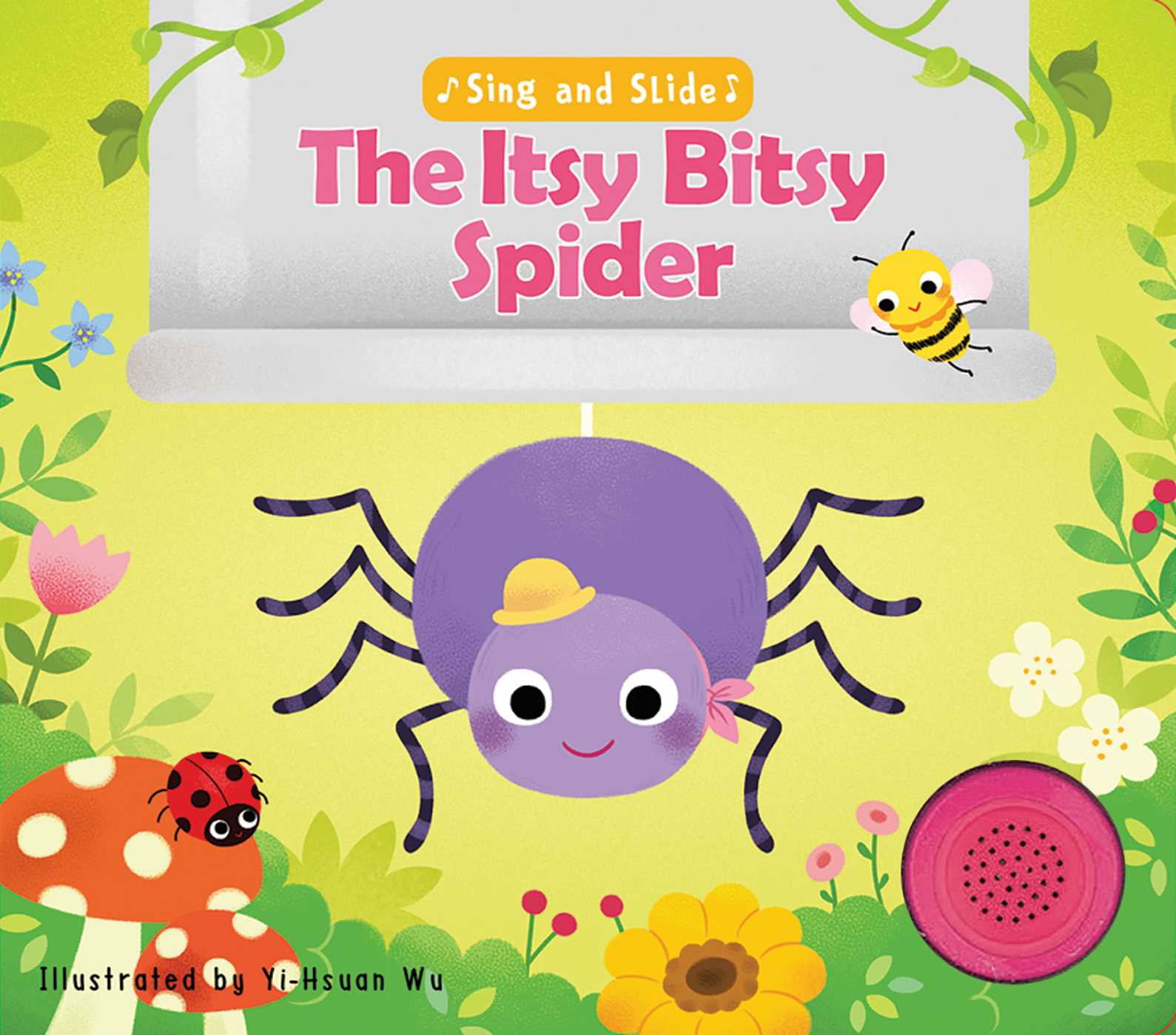

So we go through the book and we work on the Itsy Bitsy Spider who is going up the water spout. You could make this book more conducive for elementary students, but please be aware of the content, as the Itsy Bitsy Spider may not be appropriate for a 13 year old. This book was created for toddlers and/or preschool age students, and it’s very age-appropriate as it’s the Itsy Bitsy Spider. It’s important to provide the student with minimal sensory overload so that they do not have visual fatigue throughout the lesson. We work on auditory cueing, as well as targeting vision and auditory skills simultaneously, or tactile and auditory skills.įor students with CVI, it’s very difficult for them to use more than one sense at a time. We work on eye gaze with the bright objects, or the bright pictures with low complexity and high contrast. It incorporates tactile discrimination as it has tactile components. This book is pre-literacy, as it works left to right, top to bottom for those early reading skills. She’s working on increasing her eye gaze, as well as tactile discrimination. This book was created for a student with cortical vision impairment who is very motivated by songs and music. I currently teach preschool age students and I’m here to talk to you about my adapted version of the Itsy Bitsy Spider - A Sing-Song Book.

In this video, Marguerite shares information about the adaptations she has used to make the book and demonstrates how the design is meant to develop skills related to visual attention and visual tracking.īILMS: Hi, my name is Marguerite Bilms and I’m a teacher at Perkins School for the Blind in the Deafblind program. The “ Itsy Bitsy Spider” adapted book was created by Marguerite Bilm for her preschool students.


 0 kommentar(er)
0 kommentar(er)
